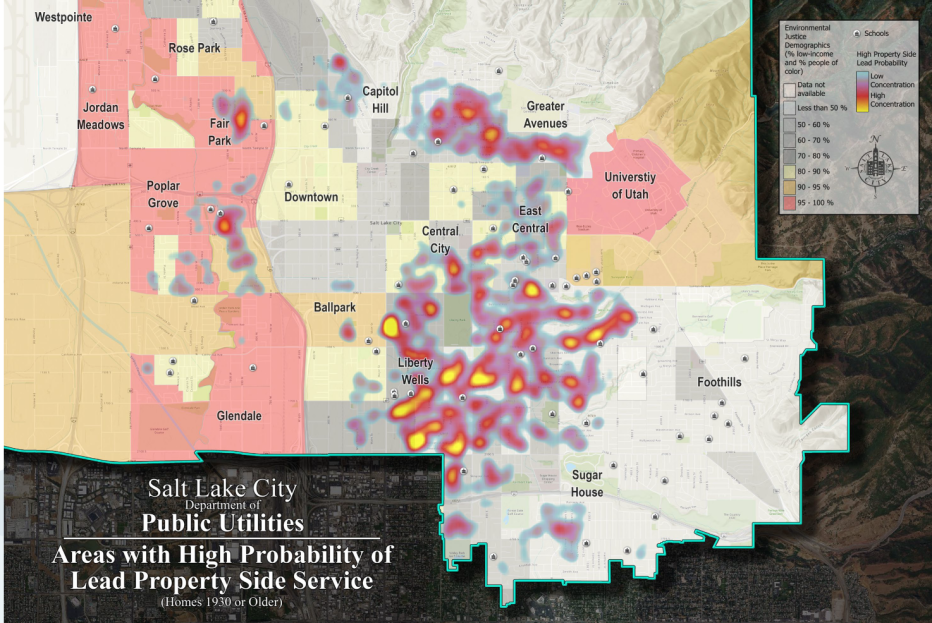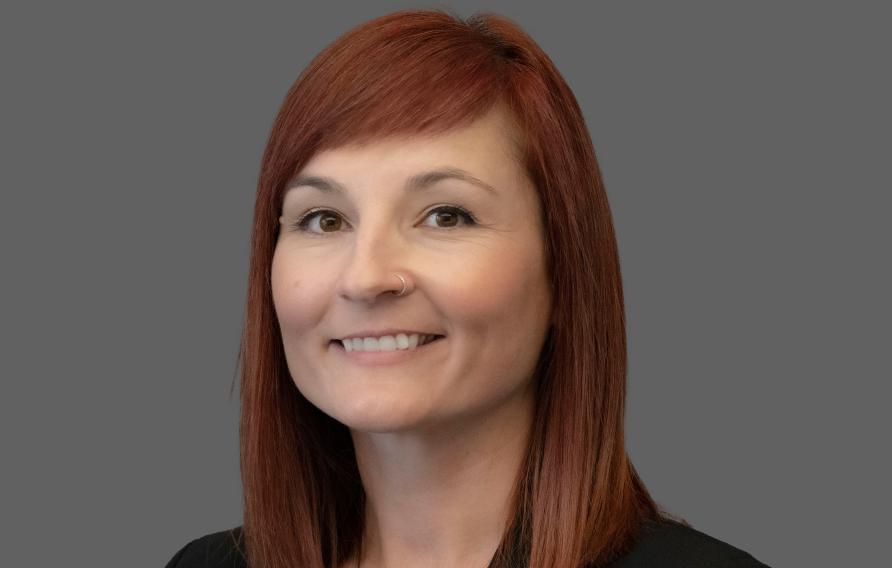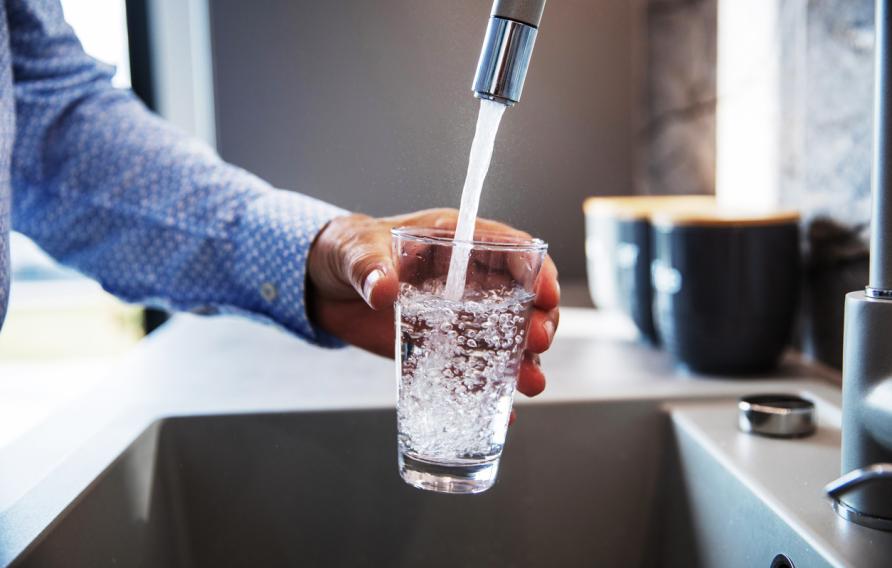
In the U.S., new federal regulations are requiring water systems to take additional actions on lead in drinking water. At the same time, there’s a growing focus on environmental justice, with cities and local governments looking to prioritize social equity considerations in their water infrastructure programs.
One water utility that’s taking the lead on both issues is the Salt Lake City Department of Public Utilities (SLCDPU), which is one of the oldest retail water providers in the western U.S. SLCDPU provides drinking water to more than 360,000 residents, businesses and industries throughout their service area that includes Salt Lake City, Cottonwood Heights, City of Holladay, Millcreek and the east bench of the unincorporated areas of Salt Lake County.
Acting early on the requirements of the federal Lead and Copper Rule Revisions (LCRR), SLCDPU contracted Jacobs to provide support services for a forward-thinking compliance program. In addition to overall program management support for water, stormwater and wastewater capital improvements, Jacobs is assisting SLCDPU with a series of tasks related to LCRR compliance, including coordination with regulatory stakeholders, developing community engagement materials and a funding options study that includes the evaluation of funding opportunities available through the Infrastructure Investment and Jobs Act.
SLCDPU’s initial priority has been the development of an inventory of its lead service lines. These lines are components of the drinking water distribution system that typically span both public and private property – and can be a key source of lead contamination of drinking water. Even though the LCRR requires lead service line inventories to be completed by October 2024, SLCDPU has already undertaken a series of proactive actions to identify lead lines in its service area – including reviewing tens of thousands of public documents, surveying customers, and undertaking field investigations and water sampling in homes.

Figure 1. Areas with High Probability of Lead Property Service Line (SLCDPU, GIS Division).
“Salt Lake DPU is not only being proactive on LCRR compliance but they’re really going above and beyond those requirements to create a program that embraces environmental justice. We expect their approach to serve as a model for other communities looking to put equity considerations at the center of their water infrastructure programs.”
An important focus has been the identification of lead services lines in disadvantaged communities, with SLCDPU having placed social equity and fairness at the forefront of all its planning and decision-making. Using demographic data for low-income and minority communities from the Environmental Protection Agency (EPA) Environmental Justice Screening and Mapping Tool (EJScreen) and historic data and indicators such as property age, SLCDPU with the support of Jacobs performed a spatial analysis of areas with a high probability of lead service lines. SLCDPU is using the resulting visualizations to identify underserved communities that are most at risk of lead contamination.
“Social equity, fairness and environmental justice permeates everything we do as an agency and we want to ensure that our lead compliance program delivers on our commitment to equity and fairness,” says SLCDPU Deputy Director Dr. Marian Rice. “Jacobs has helped us to identify areas of our population that are most at-risk and plan our interventions and investments to have the most impact.”
“Due to the resounding support from our leadership, we were able to get started on this process early,” adds SLCDPU Regulatory Program Manager Dustin White. “Our team is very passionate about this program and dedicated to equitably protecting public health and consumer confidence in our community.”
With the agency’s environmental justice considerations in mind, Jacobs is helping SLCDPU develop a lead service line replacement plan – another requirement of the LCRR – that will prioritize activity in disadvantaged communities. This effort is being supported by an overall financial capability assessment study that Jacobs is conducting for SLCDPU, which addresses the cumulative financial burden of drinking water, wastewater, and stormwater charges on SLCDPU’s customers. The study, which uses several tools including EPA’s EJScreen, has helped to identify neighborhoods of concern from an environmental justice perspective and where early action on lead service lines could be targeted.
DPU is particularly mindful of the financial impact that lead service line replacements could have on disadvantaged communities. To develop a clearer picture of these impacts alongside the overall financial capability study, our cost engineers helped SLCDPU develop a more accurate estimate of the total cost of its lead service line replacement program. This estimating effort identified that the overall program will likely be in the range of $125-200 million (in 2022 dollars).
These assessments also better position SLCDPU to secure a portion of the $15 billion that’s been allocated for lead service line replacements under the Infrastructure Investment and Jobs Act – which prioritizes funding for disadvantaged communities. We’re also helping SLCDPU evaluate other funding streams, like low-interest loan programs to assist low-income customers.
“Salt Lake DPU is not only being proactive on LCRR compliance but they’re really going above and beyond those requirements to create a program that embraces environmental justice,” says Jacobs Global Technology Leader for Drinking Water Quality Jennifer Liggett. “We expect their approach to serve as a model for other communities looking to put equity considerations at the center of their water infrastructure programs.”
Jacobs is supporting drinking water systems across the U.S. with LCRR compliance, including preparing for the upcoming Lead and Copper Rule Improvements which will further tighten regulatory requirements. More information on the LCRR can be accessed in a guidance document here.
You might be interested in...
-
 News
NewsWhat You Need to Know About the Lead & Copper Rule Revisions
Natural capital approaches are at the heart of the water sector’s contribution to a green economic recovery and net zero carbon ambitions, while forming an integral part of the industry’s public interest commitment. Click here to read our insights and watch our webinar.
-
 News
NewsSolutions for Drinking Water Quality: A Q&A with Jennifer Liggett
Jennifer Liggett leads a team committed to helping our water utility clients in the U.S. comply with the new requirements of the Lead and Copper Rule.
-
 Showcase
ShowcaseMeet Russell Ford
A passionate environmental engineer with more than 3 decades of experience, Dr. Russell Ford’s career has concentrated on improving drinking water quality and providing a positive impact on public health around the globe.
-
 News
NewsRevisions and Improvements: Navigating the Lead & Copper Rule
The U.S. Environmental Protection Agency’s Lead and Copper Rule Revisions are now effective and the clock has started ticking down to the compliance deadline. At Jacobs, we have a dedicated team of Lead and Copper Rule experts that bring innovative solutions to the challenges imposed by the final rule. Let’s examine the requirements and the actions you need to take.















































